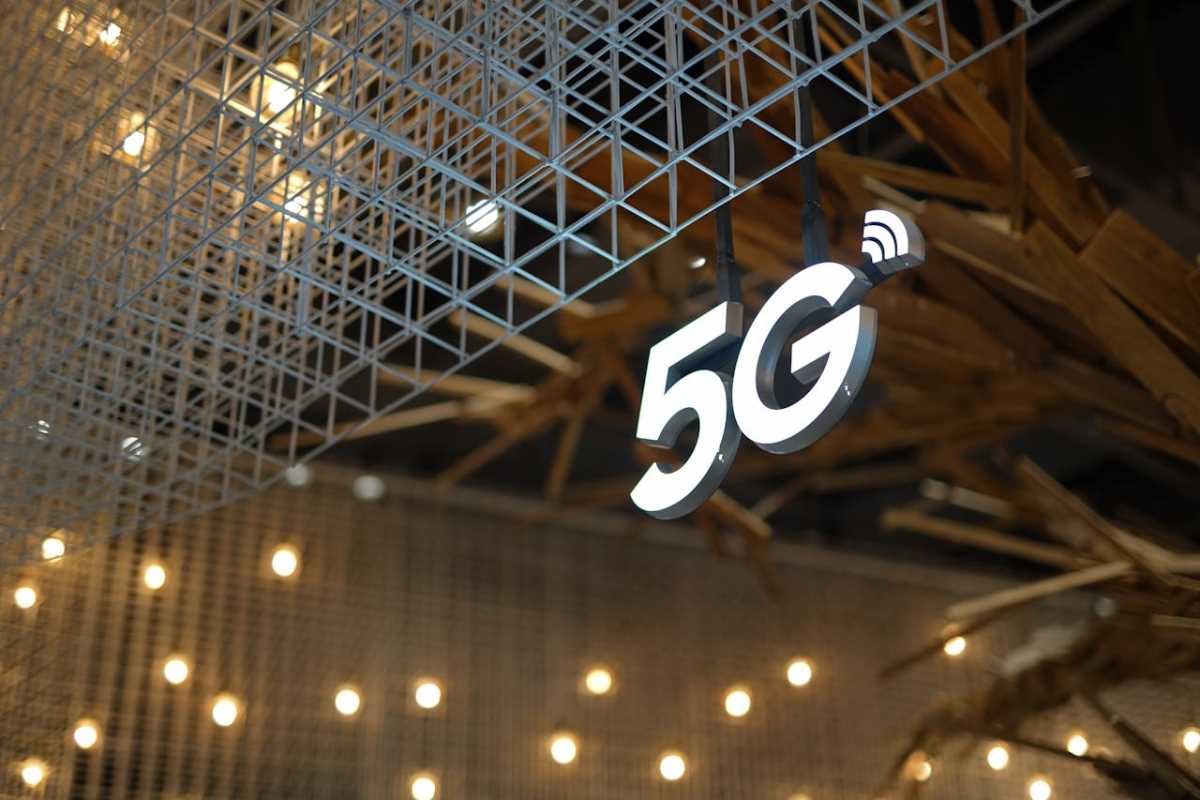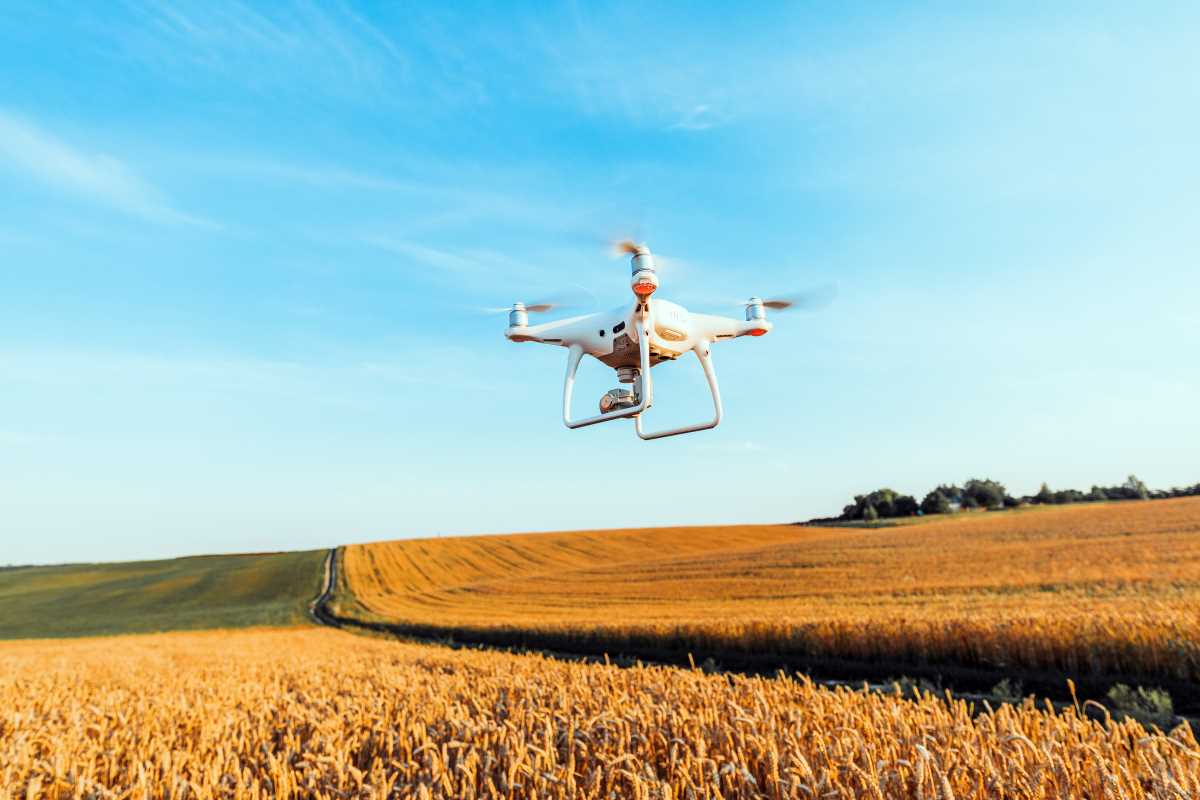The rollout of 5G technology is rapidly transforming the digital landscape, and its impact on e-commerce and online marketplaces is nothing short of revolutionary. With faster speeds, lower latency, and enhanced connectivity, 5G is setting the stage for breakthroughs that fundamentally change how businesses operate and how consumers shop online.
As companies adapt to utilize 5G capabilities, they’re discovering opportunities to optimize operations, improve customer experiences, and adopt innovative technologies that were previously constrained by slower networks.
The Key Benefits of 5G for E-Commerce
At its core, 5G promises speeds up to 100 times faster than 4G and latency as low as 1 millisecond. These advances directly impact e-commerce businesses in several ways:
- Faster Load Times: E-commerce success often hinges on website performance. According to research, 53% of users abandon a site if it takes more than 3 seconds to load. 5G’s enhanced data speeds ensure quicker loading times, helping retailers reduce cart abandonment and improve conversion rates. This is particularly beneficial during high-traffic events like Black Friday sales or product launches.
- Enhanced Mobile Shopping: With mobile devices accounting for over 70% of e-commerce traffic, 5G facilitates seamless mobile browsing experiences. Faster response times mean smoother navigation, even on graphic-intensive sites or apps, enabling retailers to meet consumers wherever they shop.
- Improved Streaming Quality: Live-streamed shopping events, used widely in markets like China, are growing globally as a way to engage audiences and boost sales. 5G enables high-quality video streaming without buffering, allowing businesses to scale their live-commerce efforts and create engaging, real-time interactions.
Enabling Advanced Shopping Technologies
The reliability of 5G networks is opening new doors for advanced tech adoption, especially in augmented reality (AR), virtual reality (VR), and data-intensive tools. These technologies, while still emerging, are shaping the future of online shopping:
AR and VR for Immersive Shopping
Modern consumers want more interactive ways to make purchasing decisions. With AR and VR, shoppers can “try on” clothes, visualize furniture in their home, or explore virtual showrooms. For example, brands like IKEA and Sephora already offer AR apps where customers can see how products fit their needs. 5G’s fast speeds and low latency make these features more accessible and realistic, boosting customer confidence and reducing returns.
AI-Powered Personalization
Artificial intelligence thrives on data, and 5G enables rapid data transfer for real-time analysis. Businesses can leverage AI for highly personalized shopping experiences, from custom recommendations to dynamic pricing. Amazon, for instance, integrates AI with fast data processing to deliver tailored suggestions that increase customer retention.
IoT Integration
The Internet of Things (IoT) connects physical and digital touchpoints for smoother operations. Smart shelves, inventory-tracking sensors, and personalized advertisements rely on constant data flow. 5G enhances IoT functionality, allowing retailers to manage inventory effectively, track shipments, or refine marketing campaigns based on live data.
Optimizing E-Commerce Operations with 5G
Beyond the front-end shopping experience, 5G has the potential to streamline back-end operations, leading to cost efficiencies and improved productivity:
Advanced Analytics for Demand Forecasting
Predicting consumer demand is critical for managing inventory and controlling costs. With 5G, businesses can access and analyze large datasets more quickly, enabling real-time forecasting. For example, Walmart integrates data analysis into its operations to optimize inventory levels and prevent stockouts.
- Efficient Logistics and Supply Chain Management: 5G improves communication along complex supply chains. Logistics companies can better track shipments, predict delivery times, and communicate delays. This is especially crucial for industries like fresh groceries or perishable goods, where timing is everything.
- Automation of Warehouses: Robotics and automated systems are increasingly becoming the backbone of e-commerce warehouses. With 5G, companies can utilize smart robotics efficiently for activities like order picking, packing, and inventory management. Amazon’s fulfillment centers are already leveraging robots to speed up operations, and 5G will only amplify these capabilities.
Case Studies of 5G in Action
Early adopters of 5G are already reaping the benefits. For instance, Alibaba integrated 5G into its “New Retail” strategy, combining online and offline experiences through AR-powered virtual fitting rooms, cashier-less stores, and AI-driven recommendations. These innovations have not only enhanced customer engagement but also streamlined operational processes.
Similarly, Verizon collaborated with e-commerce businesses to test 5G in improving augmented reality shopping solutions. Retailers noted better user adoption rates due to the improved reliability and realistic experiences powered by 5G.
Overcoming Initial Challenges
While 5G holds massive potential, some hurdles remain. Infrastructure deployment is still uneven across regions, meaning businesses in rural areas may lag in adoption. Additionally, upgrading to 5G-compatible devices and platforms requires upfront investment, which can be prohibitive for smaller retailers. However, as infrastructure expands and costs decline, the barrier to entry will become less daunting.
The Future of E-Commerce in a 5G-Powered World
Looking ahead, 5G will continue to reshape e-commerce, driving greater integration of smart technologies and enhancing customer journeys. Features like personalized avatars for virtual shopping, smarter predictive algorithms, and drone-based deliveries are on the horizon.
More importantly, 5G lowers the operational barriers for businesses of all sizes. Its reliability levels the playing field, enabling small and medium enterprises to adopt cutting-edge technologies without the need for extensive infrastructure. This democratization of technology will lead to more innovation, competitiveness, and growth across the e-commerce ecosystem.
 (Image via
(Image via





